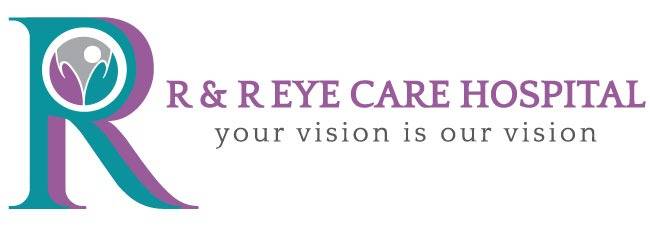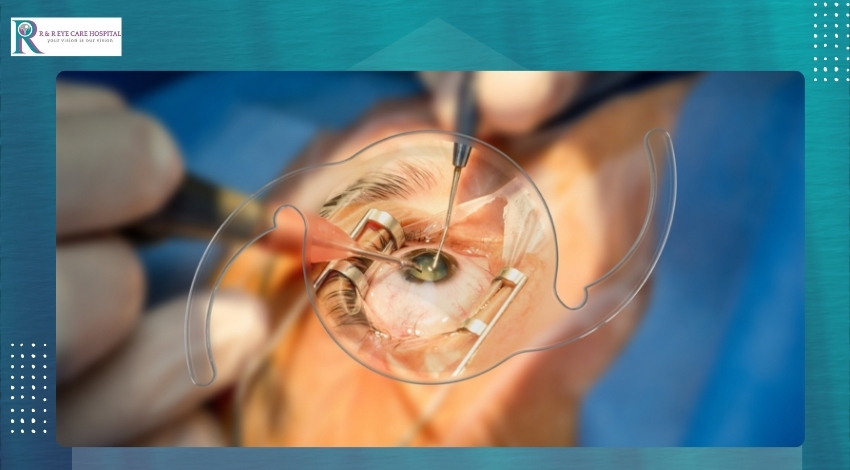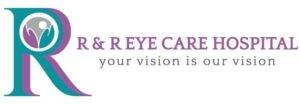Cataract surgery is one of the most commonly performed and successful surgical procedures worldwide. Over the years, advancements in medical technology and surgical techniques have transformed it into a highly precise, safe, and efficient procedure. Today, cataract surgery not only restores vision but can also improve it beyond what glasses or contact lenses once provided.
This blog explores how cataract surgery has evolved, modern techniques used today, and what patients can expect during recovery.
Understanding Cataracts
Cataracts are a clouding of the natural lens of the eye, leading to blurred vision, difficulty seeing in low light, and increased sensitivity to glare. While cataracts are primarily age-related, they can also result from injury, prolonged use of certain medications, or medical conditions like diabetes.
Cataract surgery involves removing the clouded lens and replacing it with an artificial lens, known as an intraocular lens (IOL), to restore clear vision.
The Evolution of Cataract Surgery
1. Traditional Techniques
Cataract surgery dates back to ancient times, but early methods were crude and often resulted in poor outcomes. By the 18th and 19th centuries, surgical tools and techniques had improved, but the procedure still required large incisions, longer recovery times, and carried significant risks.
2. Introduction of Phacoemulsification
The 1960s marked a major breakthrough with the invention of phacoemulsification. This technique uses ultrasound waves to break up the cataract, allowing it to be removed through a smaller incision. Smaller incisions meant less trauma to the eye, faster recovery, and fewer complications.
3. The Era of Laser-Assisted Surgery
The 21st century has brought laser-assisted cataract surgery, which adds a new level of precision to the procedure. Lasers can create highly accurate incisions, soften the cataract for easier removal, and even correct minor refractive errors.
Modern Techniques in Cataract Surgery
- Micro-Incision Cataract Surgery (MICS):
- Advances in technology have enabled surgeons to use micro-incisions as small as 1.8 mm. These tiny incisions promote faster healing and reduce the risk of complications.
- Femtosecond Laser-Assisted Surgery:
- This technique uses a femtosecond laser to make precise incisions and break up the cataract, minimizing the need for manual instruments. It also allows for customization based on the patient’s eye anatomy.
- Premium Intraocular Lenses (IOLs):
- Patients now have access to advanced IOLs that not only replace the cloudy lens but also correct vision problems like presbyopia and astigmatism. Options include:
- Monofocal Lenses: Provide clear vision at one distance.
- Multifocal Lenses: Offer clear vision at multiple distances, reducing the need for glasses.
- Toric Lenses: Specifically designed to correct astigmatism.
- Patients now have access to advanced IOLs that not only replace the cloudy lens but also correct vision problems like presbyopia and astigmatism. Options include:
- Computer-Guided Systems:
- Modern cataract surgeries often use computer-guided systems to enhance surgical accuracy, ensuring the best possible outcomes.
The Recovery Process
One of the most significant advancements in cataract surgery is the shortened recovery time. Here’s what patients can typically expect:
- Immediately After Surgery:
- Most patients notice improved vision within a few hours or days. Some blurriness is normal as the eye adjusts to the new lens.
- The First Few Days:
- Mild discomfort, such as itching or sensitivity to light, may occur. Eye drops prescribed by the doctor help prevent infection and reduce inflammation.
- The First Week:
- Avoid strenuous activities, rubbing your eye, or exposing it to dust and water. Most patients can resume normal activities within a few days.
- Complete Healing:
- Full recovery usually takes 4–6 weeks. Regular follow-up appointments ensure the eye is healing properly.
Benefits of Modern Cataract Surgery
Today’s cataract surgery offers numerous benefits compared to traditional methods:
- High Success Rates: Cataract surgery has a success rate of over 95%.
- Improved Vision Quality: Advanced IOLs can enhance vision clarity and reduce dependence on glasses.
- Minimal Downtime: Faster recovery times allow patients to return to their daily activities sooner.
- Customizable Options: Modern techniques offer personalized treatment tailored to individual needs.
Tips for a Smooth Recovery
- Follow Post-Op Instructions: Use prescribed medications as directed and attend all follow-up appointments.
- Protect Your Eyes: Wear sunglasses when outdoors and avoid touching or rubbing your eyes.
- Rest and Avoid Strain: Give your eyes time to heal by avoiding prolonged screen time or heavy lifting.
- Report Any Concerns: Contact your doctor if you experience severe pain, redness, or sudden vision changes.
Why Choose R & R Eye Care Hospital for Cataract Surgery?
At R & R Eye Care Hospital, we combine cutting-edge technology with expert care to deliver exceptional outcomes for our cataract patients. Here’s why you can trust us:
- Experienced Surgeons: Our team of skilled ophthalmologists has performed thousands of successful cataract surgeries.
- Advanced Techniques: We utilize the latest technology, including laser-assisted surgery and premium IOLs.
- Comprehensive Care: From pre-operative evaluations to post-operative follow-ups, we provide end-to-end care tailored to your needs.
With locations in Matunga East and Dadar West, R & R Eye Care Hospital is dedicated to helping you regain clear vision with confidence.
Conclusion
Cataract surgery has come a long way, offering patients a safe, effective, and life-enhancing solution for vision problems. With modern techniques and advanced IOL options, the procedure not only restores clarity but also provides a chance to achieve the best vision possible.
If you or a loved one is considering cataract surgery, schedule a consultation with R & R Eye Care Hospital today. Let us guide you through the process and help you see the world clearly again.




Leave A Comment